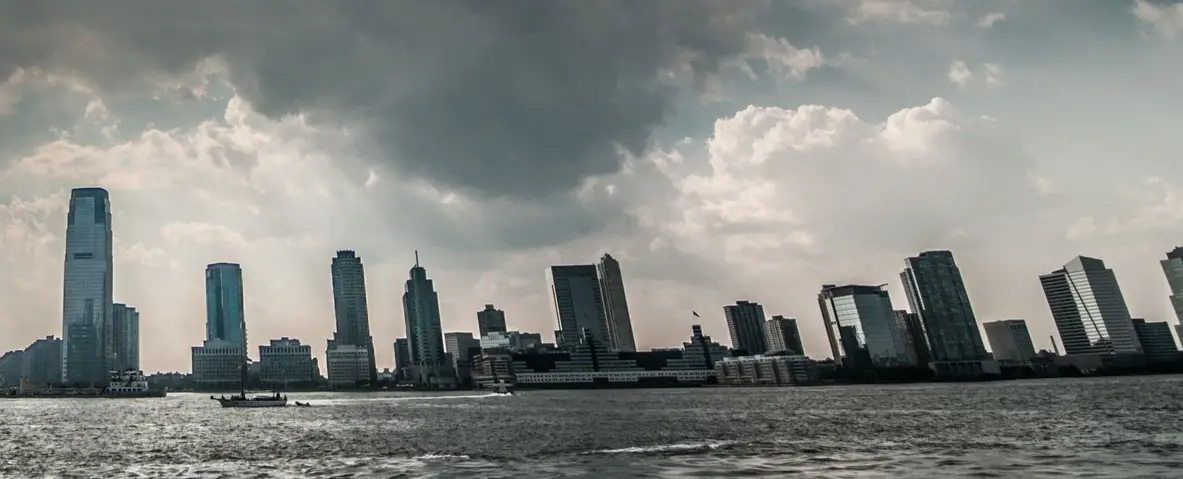In architecture, the term “Resilient Design” refers to the design of buildings that responds to the natural and man-made disasters. In other words, resilience is the ability to adapt to the changing conditions and maintain or recover functionality after the disruption.
The purpose of this article is the describe the importance and role of resilient design in natural emergency situations and day-to-day resilience for extending the lifespan of buildings as well. A building’s resilient design aims to maintain the structural integrity while protection the occupants from the natural calamities and man-made disruptions.
Resilient Design for Emergency Situations
As mentioned earlier, resilient design for buildings must consider all the natural disasters to which a company will be exposed. The following are the most common situations that must be considered for improving the resilience of a building.
Seismic Considerations
As we all know earthquakes are one of the most devastating natural disasters, and poorly constructed structures are more likely to suffer the consequences due to earthquakes. Seismic design has greatly improved over the years, and technological advancements are now enabling buildings to withstand strong seismic activity.
A highly popular seismic design methods is Base Isolation in which the base of the building structure is decoupled from the rest of the building. This configuration isolated base movement while maintaining the static position of the rest of the structure.
Another seismic design strategy includes Expansion Joints which conserves the structural integrity under different temperatures by allowing thermal expansion and contraction. This method further adds to the flexibility in movement of the structure during seismic events.
Extreme Weather
In areas that are prone to extreme weather conditions like hurricane and heavy rainfall, buildings should be designed to withstand high wind loads, flooding, and heavy precipitation. For tackling extreme weather situations, the following are some of the areas of improvement:
Well-sealed and improved building envelopes.
Improved drainage systems for building areas that are exposed to water accumulation like roofs, basements, etc.
Storm-resistant louvers in mechanical rooms that allow air intake while blocking wind and precipitation.
Barrier walls for controlling flooding at ground levels.
Installing backup generators above the reach of floodwater for maintaining operation during high rainfall.
Extreme Temperatures
For tackling extreme temperatures, the strategies that achieve energy efficiency help in improving the building resilience in absence of electrical power. In such situations, the building can maintain suitable temperatures for a longer time span if it has high R-value insulation, natural ventilation, solar shading, and operable windows.
Fire Resistance
Fire is one of the major threats for all kinds of constructions. For meeting the building codes, commercial and residential buildings are now required to implement fire protection measures, utilize fire resistant materials and design escape routes. For protection urban buildings from wildfire hazards, measures like fire resistant landscaping, brush-clearing and barrier zones can be implemented especially in wildfire prone areas.
Along with the above-mentioned measures, they are complimented with active fire protection measures such as automatic sprinkler systems.
Improving Everyday Resilience
Apart from withstanding natural calamities, buildings should also last through many years of constant use. According to the US Department of Energy, on average a commercial building will last for up to 73 years. To ensure buildings last above the average lifespan, building designers must enhance day-to-day durability with improved building envelopes and durable interior finished.
Building Envelopes
For a building to maintain high durability and resilience, proper air sealing and insulation for areas like windows, doors and roofs must be well designed. The design should also consider moisture protection including flashing, drainage, and moisture barriers.
Another crucial concept in building envelopes in Explosion Venting. This strategy is often used in power generation or industrial facilities where there can be rapid pressure release or explosion. These vents release the internal pressure whenever necessary and prevent damage.
Interior Finishes
Doors and entryways experience the highest traffic throughout the day. Hence, it is important for using durable material that promote resilience for doors and flooring in building accesses. Durable floor systems at building entrance like tread rails and robust carpeting also help in keeping air and water contaminants out of the building.
Regardless of the traffic, interior doors must be durable and designed to provide a longer lifespan while requiring less maintenance over time. Protecting walls with handrails, crash rails and corner guards can also help improve the durability of interiors.

